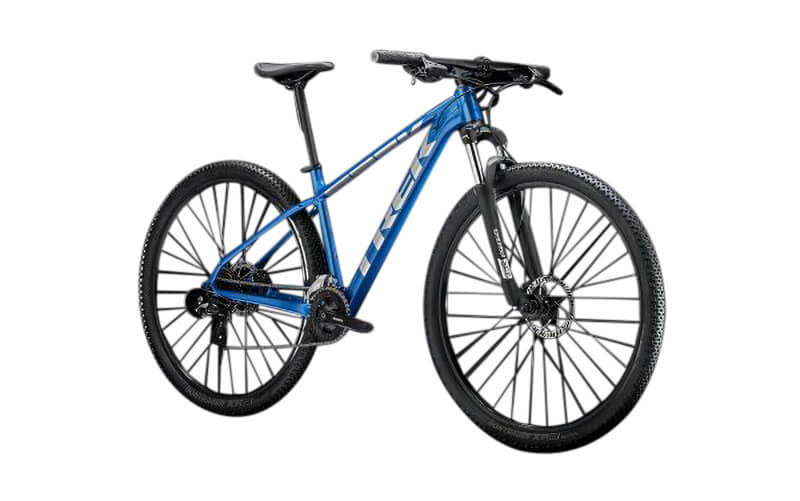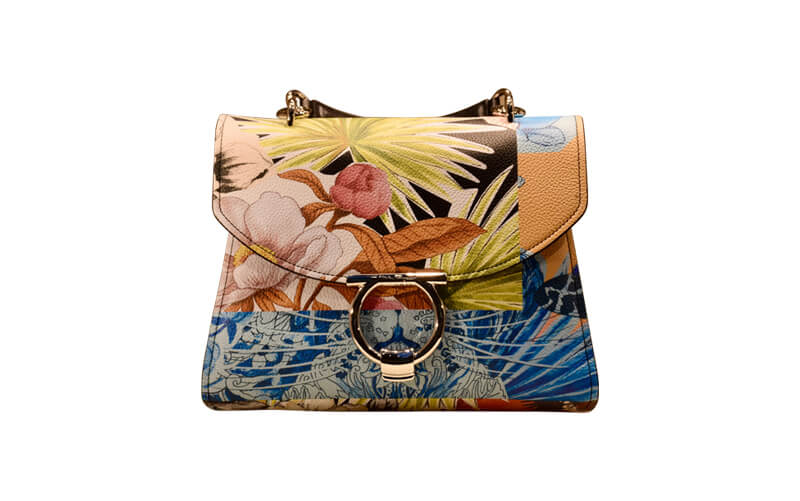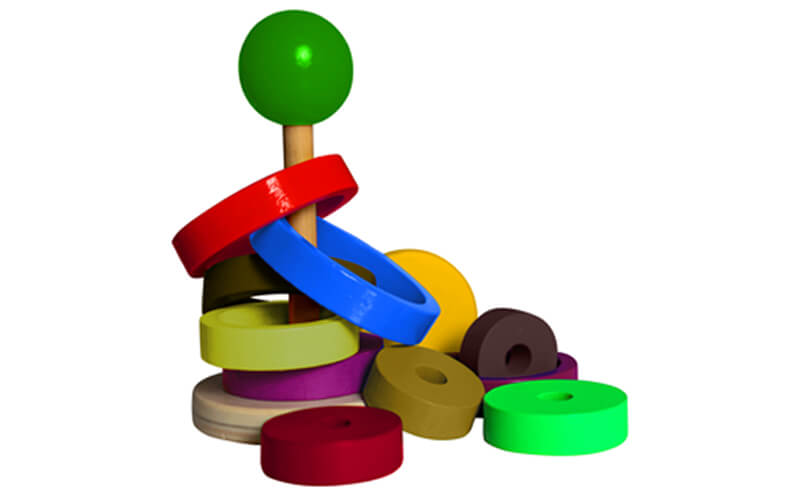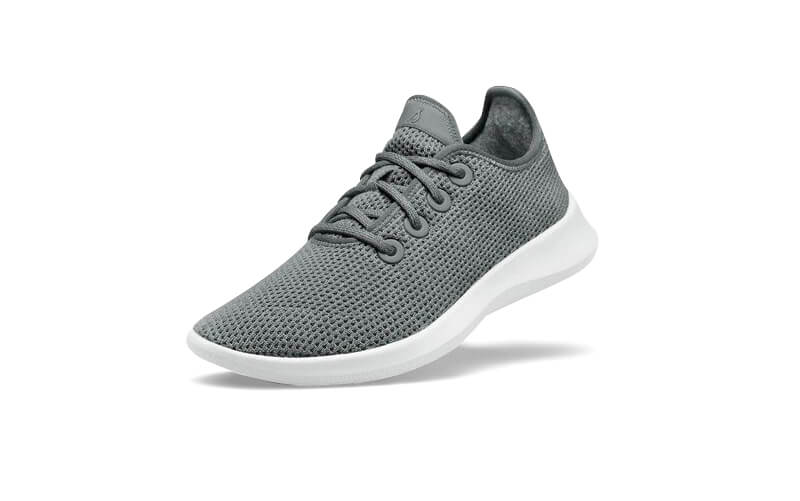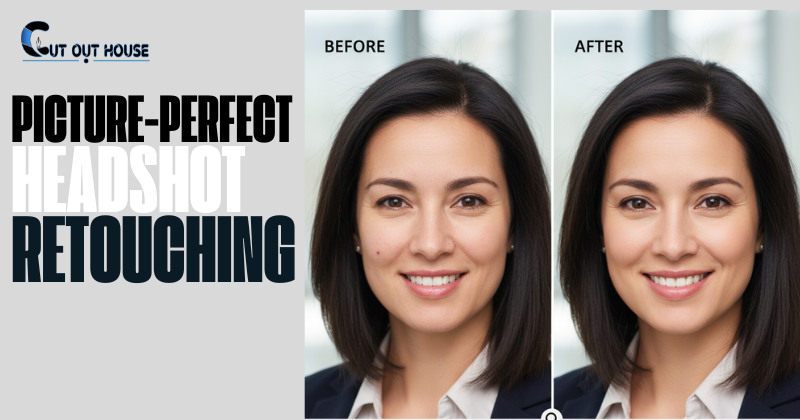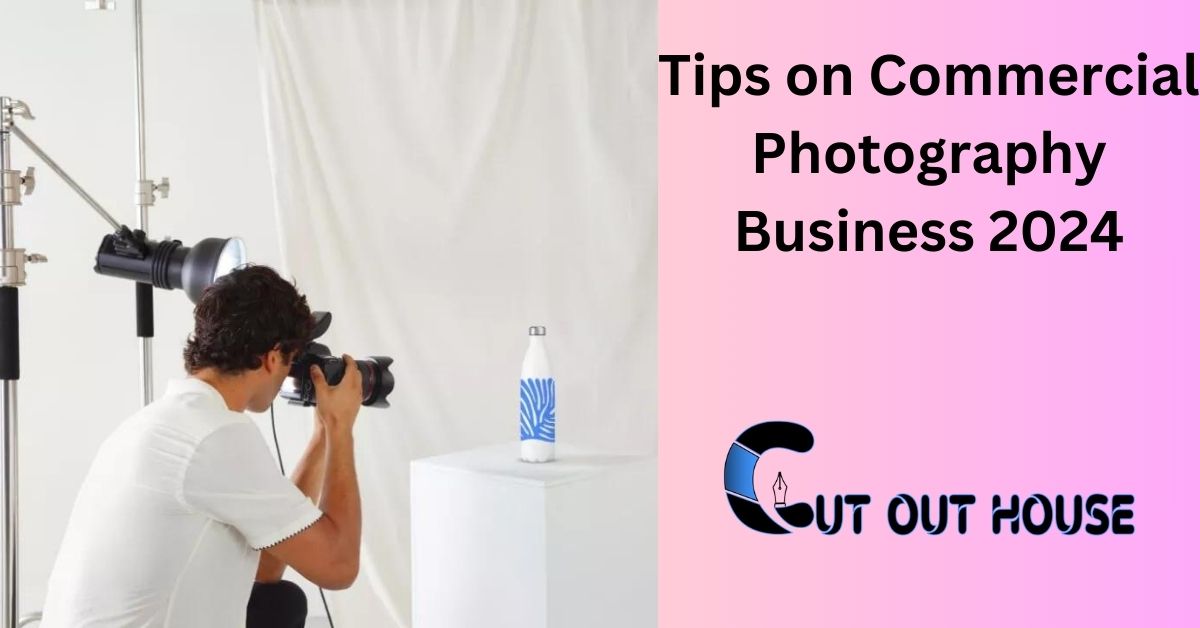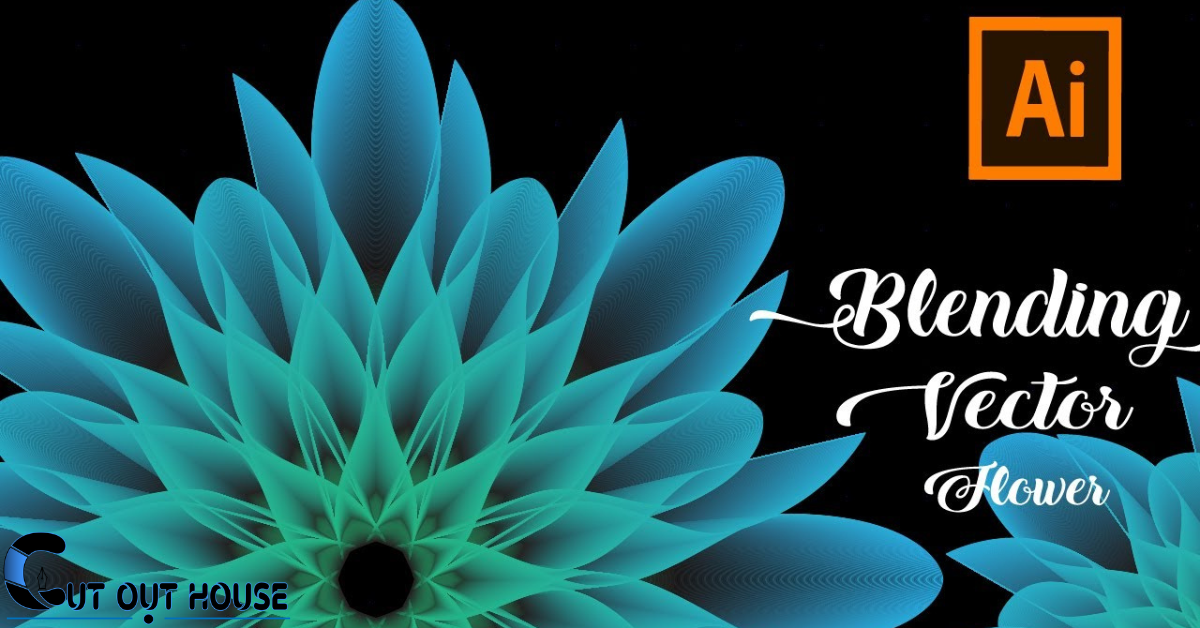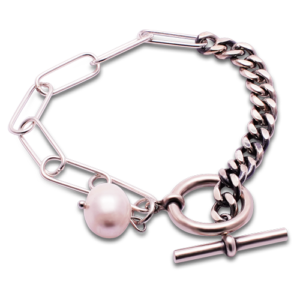Looking to elevate your product photography hacks? Check out these quick hacks for stunning results.
Great product photography can significantly boost your sales and online presence. Whether you’re a professional photographer or just starting out, these tips will help you create compelling images that grab attention and drive conversions. From lighting tricks to clever composition techniques, these hacks will take your product photography to the next level.
Mastering these strategies will set your photos apart and make your products shine. So, let’s dive into these game-changing product photography hacks and take your e-commerce business to new heights.
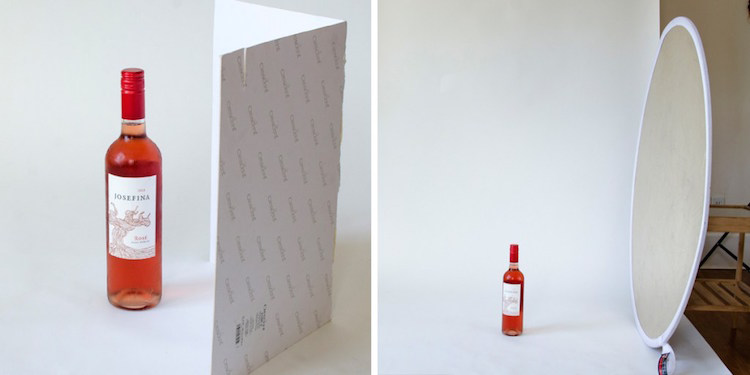
Credit: pixc.com
1. Lighting Techniques
Discover effective lighting techniques for capturing stunning product photography. These hacks will help you showcase your products in the best light, resulting in eye-catching images that grab attention and drive sales.
When it comes to product photography, lighting plays a crucial role in capturing high-quality images. There are various techniques you can use to enhance the lighting in your photos.
1.1 Natural Light vs. Artificial Light
Natural light is a popular choice as it provides a soft and flattering illumination. Position your subject near a window to take advantage of this light source. Avoid direct sunlight as it can create harsh shadows and overexposed areas. On the other hand, artificial light provides consistency and control. Use continuous studio lights to achieve a desired look. Experiment with different light modifiers such as softboxes or umbrellas to diffuse and soften the light.
1.2 Using Reflectors and Diffusers
Reflectors are great tools to bounce light back onto your subject, filling in shadows and highlighting details. Place a white reflector opposite the light source to brighten up the shadows. Diffusers, on the other hand, are used to soften and spread the light. Attach a diffusion panel to your light source or use a translucent white fabric to achieve a soft and even lighting effect.
2. Background And Props
When choosing the right background, consider the color and texture that will complement the product. A plain white background works well for most products, but you can also experiment with other colors and patterns to make your product stand out. Make sure the background doesn’t distract from the product itself.
Utilizing props can enhance the overall look of the product. Props can add context and convey a lifestyle or story associated with the product. However, it’s crucial not to overcrowd the image with props. The focus should always remain on the product you’re showcasing. So, choose props that add value without overwhelming the main subject.
3. Composition And Angles
When taking product photographs, remember the Rule of Thirds. Position your subject off-center to create a balanced and visually appealing composition. Try Top-Down and Side-On perspectives to showcase different angles and details of the product. Experiment with various compositions and angles to capture unique and captivating product images.
4. Camera Settings
When it comes to product photography, understanding camera settings is crucial. Aperture, shutter speed, and ISO are key elements to consider. Adjusting the aperture allows you to control the depth of field, determining how much of the image is in focus. Shutter speed determines how long the camera’s sensor is exposed to light, affecting the motion blur in the photo. ISO determines the sensitivity of the camera’s sensor to light, allowing you to capture well-exposed images in low-light conditions.
Another important factor in product photography is white balance and color correction. White balance ensures accurate color reproduction by adjusting the color temperature of the image. This is especially important when shooting under different lighting conditions. Color correction allows you to fine-tune the colors in post-processing to achieve the desired result.
5. Editing And Post-processing
Editing and post-processing are crucial steps to enhance your product photography. When it comes to basic retouching techniques, start by removing any imperfections such as dust, scratches, or blemishes using the healing brush tool. Adjust the exposure, contrast, and levels to get the desired brightness and tonal range. Ensure proper white balance by correcting any color casts. Additionally, sharpen the image to enhance details without overdoing it.
Color enhancement is another key aspect in product photography. Adjust the vibrance and saturation to make the colors pop. Increase the contrast selectively to make the product stand out. Remove any color fringing around edges to ensure a clean look.

Credit: www.abyjoannephotography.co.uk
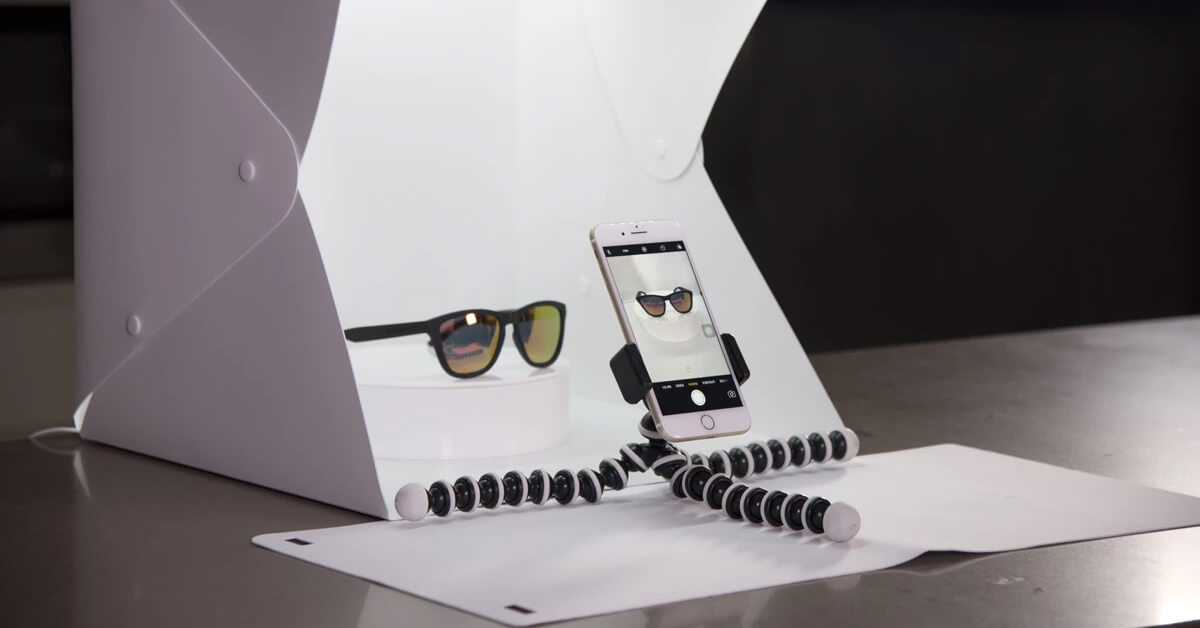
Credit: www.team4ecom.com
Frequently Asked Questions Of Product Photography Hacks
How Can I Take Professional-looking Product Photos?
To take professional-looking product photos, use a clean and clutter-free background, adequate lighting, and a high-quality camera or smartphone. Pay attention to composition, focus, and angles. Editing tools can also enhance the final result.
What Are Some Tips For Product Photography On A Budget?
When on a budget, utilize natural light by shooting near a window or outdoors. DIY light reflectors and diffusers can help control lighting. Use a white poster board as a simple backdrop. Experiment with different angles and utilize editing software for additional enhancements.
How Can I Capture Product Details Effectively?
To capture product details effectively, use a macro lens or setting to achieve close-up shots. Pay attention to textures, patterns, and small elements. Experiment with different depths of field and focus on the key features that highlight the product’s uniqueness.
Editing software can be used for added sharpening and highlighting.
Conclusion
These product photography hacks can significantly improve the quality and appeal of your images. By focusing on lighting, composition, and props, you can create stunning visuals that capture the attention of your audience. Optimizing your images for SEO will also increase their visibility and drive more organic traffic to your website.
So, implement these hacks and watch your product photography skills soar to new heights.

